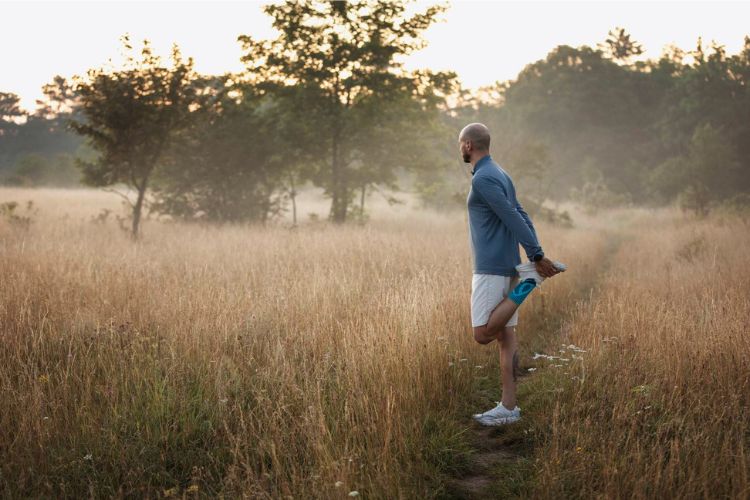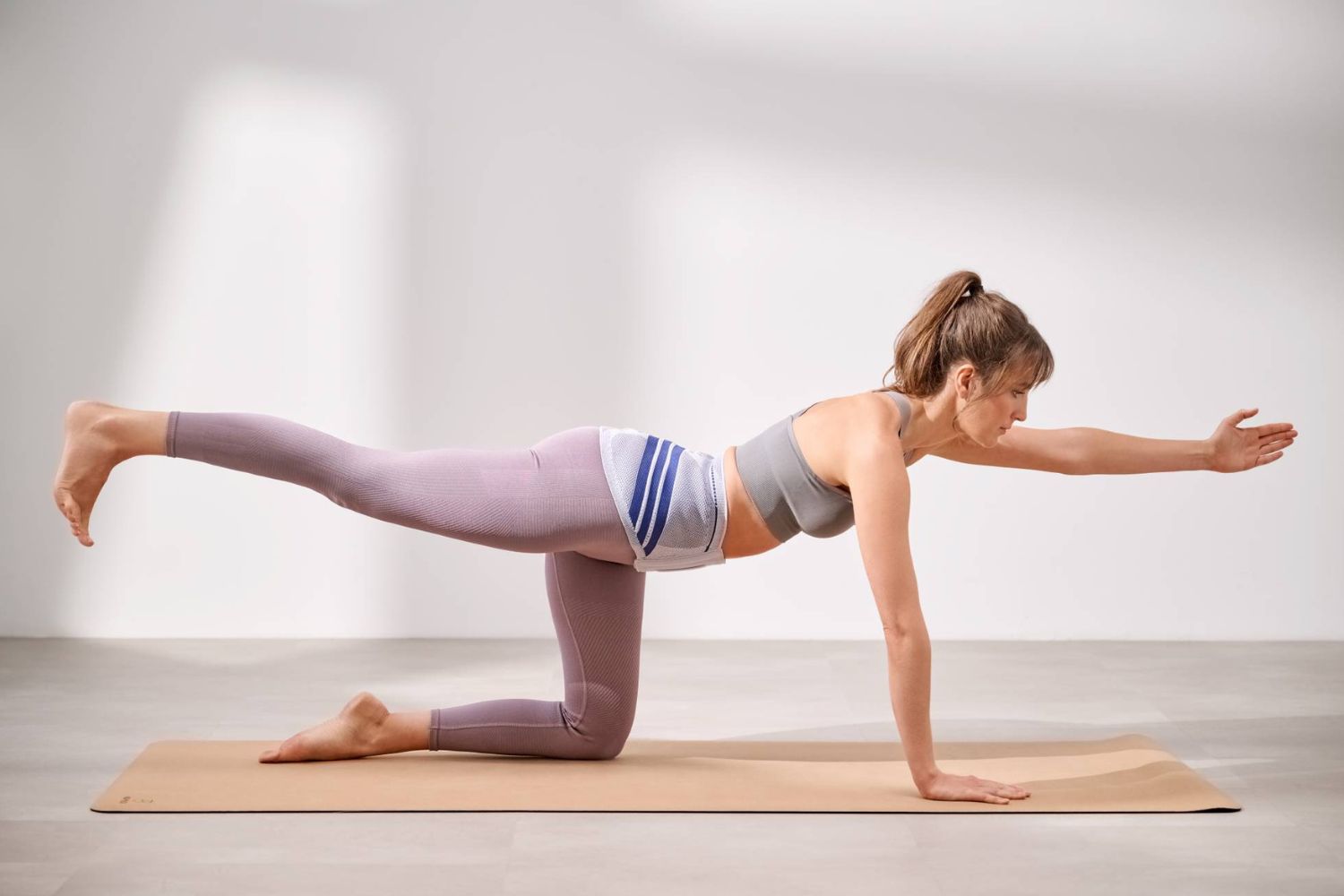What’s the difference between medical and sports compression? Although our medical and sports supports are both made of compression knit, their composition varies as they’re built for different purposes. Medical supports must comply with medical standards, whilst our sports supports prioritise breathability and moisture-wicking. They also each may incorporate different additions like stays and gel pads. Find out which support is best for you below.
Medical standards
Medical compression must meet medical standards to be effective for injury recovery and pain relief. Sports compression, meanwhile, is designed to boost performance and protect against injury, so its compression grade needs to factor in the varying context and usage and, hence, needs to be lower.
Generally, both our medical compression and sports supports like the GenuTrain have compression between class 1 and 2, while sports products like the Sports Knee Support are exclusively class 1. It’s important to note that neither is better or worse; our technicians design these flat-knitted supports for different levels of support and use.
However, with regards to compression socks (which are circular knitted) these have a clear distinction of usage. Class one compression is lighter recovery compression and is best for supporting the function of healthy veins to avoid disorders like varicose veins, spider veins, and DVT. Class 2, on the other hand, is best for managing existing distorters and is suitable for faster recovery after very intense training sessions. For example, the Queensland Maroons wear our VenoTrain Cocoons after games and training.
Medical vs sports compression materials
Sports Recovery Socks
Our medical compression supports and stockings, like the GenuTrain and Recovery Socks, are designed for all-day wear. Sports braces, meanwhile, are designed to support through a few hours of physical activity - whether that’s a 45-minute cross-fit class or a 3-hour marathon.
Hence, the materials need to be slightly different. Sports supports prioritise moisture-wicking to minimise discomfort during physical activity. Medical supports, on the other hand, prioritise softness for all-day wear. Even the best braces are ineffective if they’re too uncomfortable to wear.
Level of support
We create sports supports to support movement - they do not have any rigid parts that could restrict movement. Some of these, like the Sports Elbow Support, may also incorporate gel pads to take the strain off tendons.
Certain medical supports, though, may incorporate stays or straps to lock, support, or immobilise a body part. For example, after an ACL tear, it’s essential to restrict the knee’s range of motion so the ligament can heal.
Sports Elbow Support
Can you wear medical supports for sports and vice versa?
It really depends on your condition.
- You can use medical supports in sports - so long as they don’t restrict movement too much or immobilise the joint. They are especially good to wear during physical activity if you have pain from a medical condition like arthritis or are recovering from an injury.
- You can use sports supports for injuries, but we wouldn’t recommend them in the initial stages, as their class 1 compression and lack of external supports like straps and stays may not be sufficient to protect you. The lack of external support also means you should generally only wear sports braces for grade 1 injuries like tendonitis and minor sprains. You can also wear them on the tail-end of recovery from severe injuries and surgery as you start returning to physical activity.
- Compression socks and stockings can get trickier. While Sports Performance Socks are designed for active usage and mild recovery and are fine for supporting vein activity during sports, they will not be suitable for moderate to severe conditions. Medical line compression is designed for more serious conditions like oedema, lymphoedema, and DVT (which may require class 3 or higher). However, we don’t recommend them for strenuous activities as they are built for all-day wear rather than intense physical activity.
To sum up
Medical and sports compression can be interchangeable in some cases. However, as they are designed for different purposes, it’s best to pick the most suitable option for you. Sports compression is ideal for protecting, boosting performance, and staying comfortable during physical activity. Medical compression, meanwhile, is best for recovery.


















